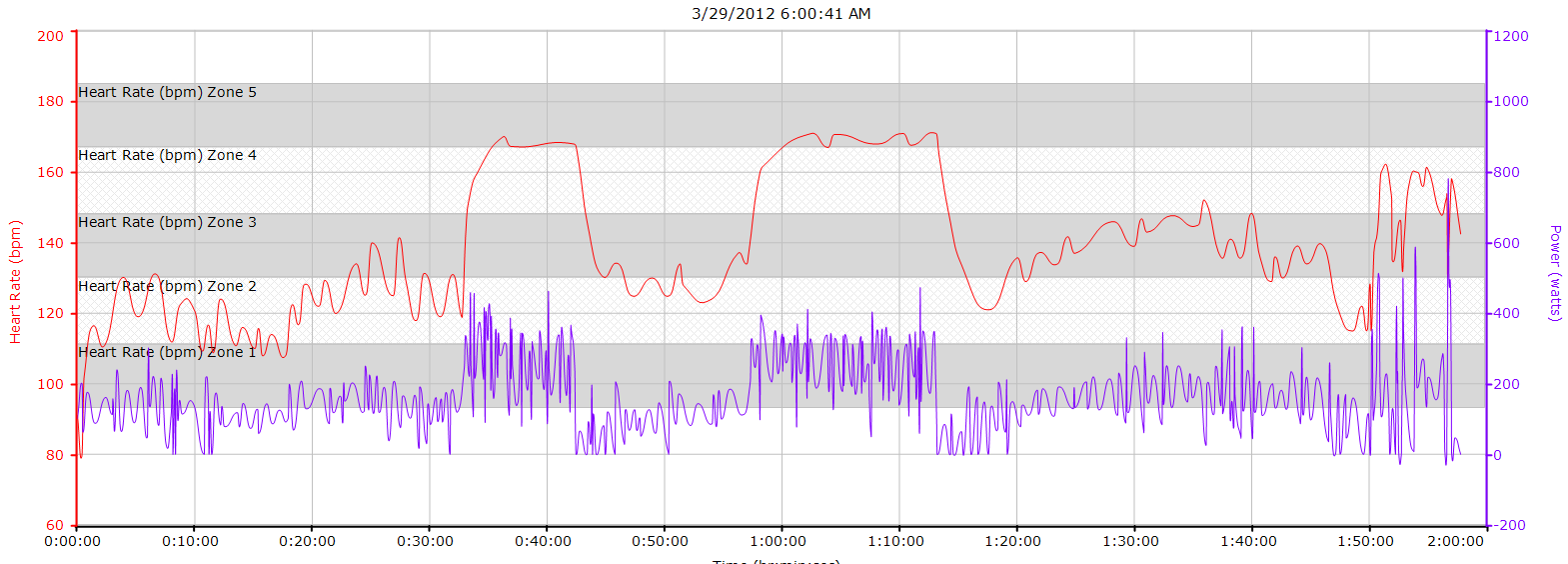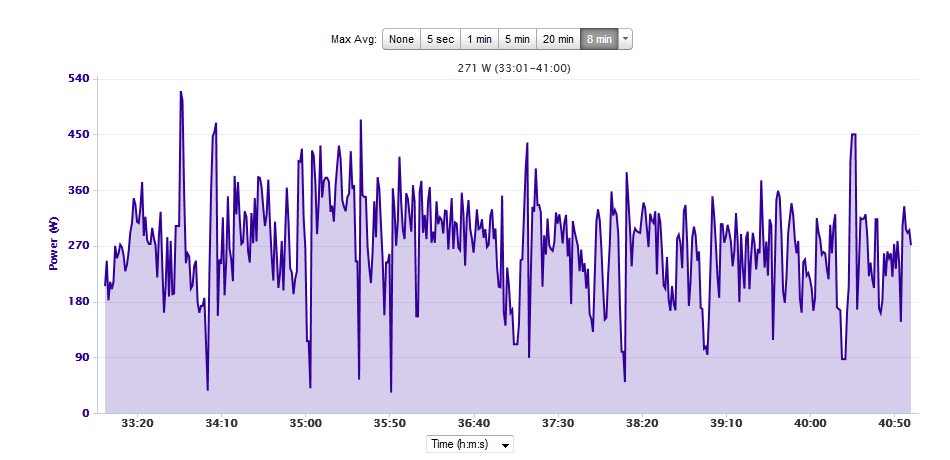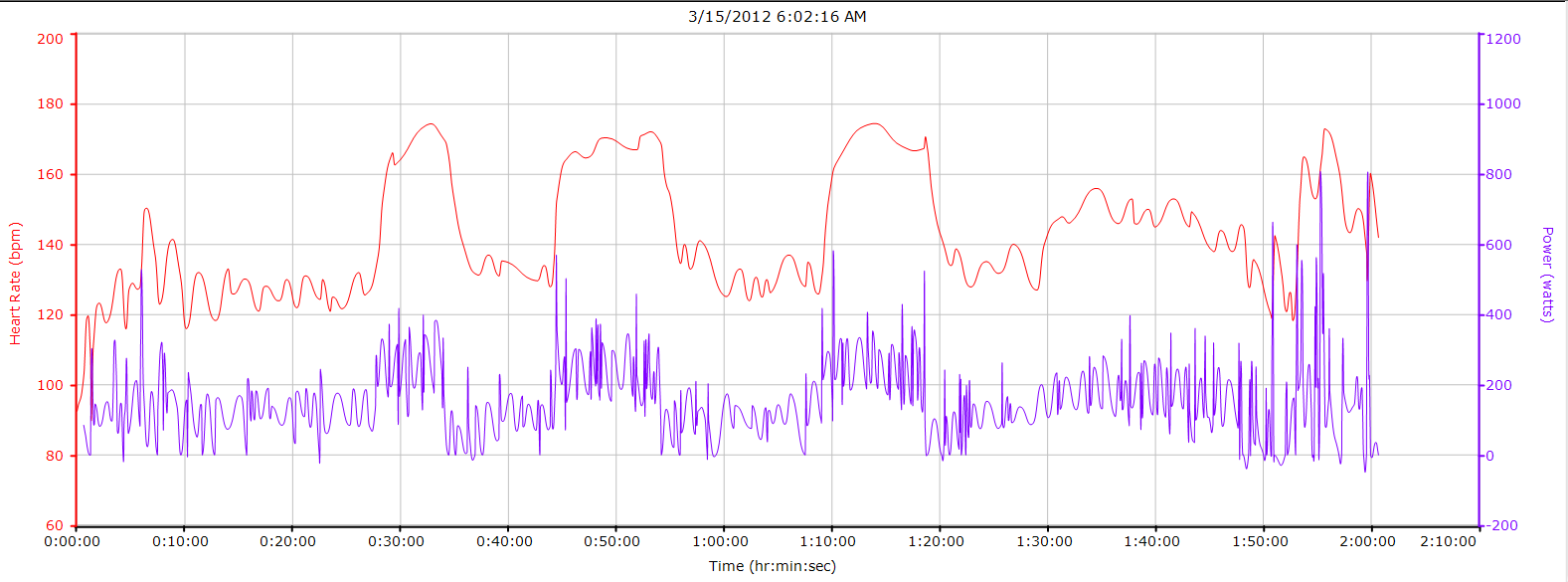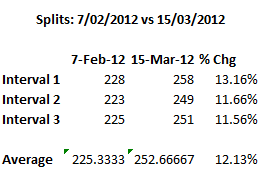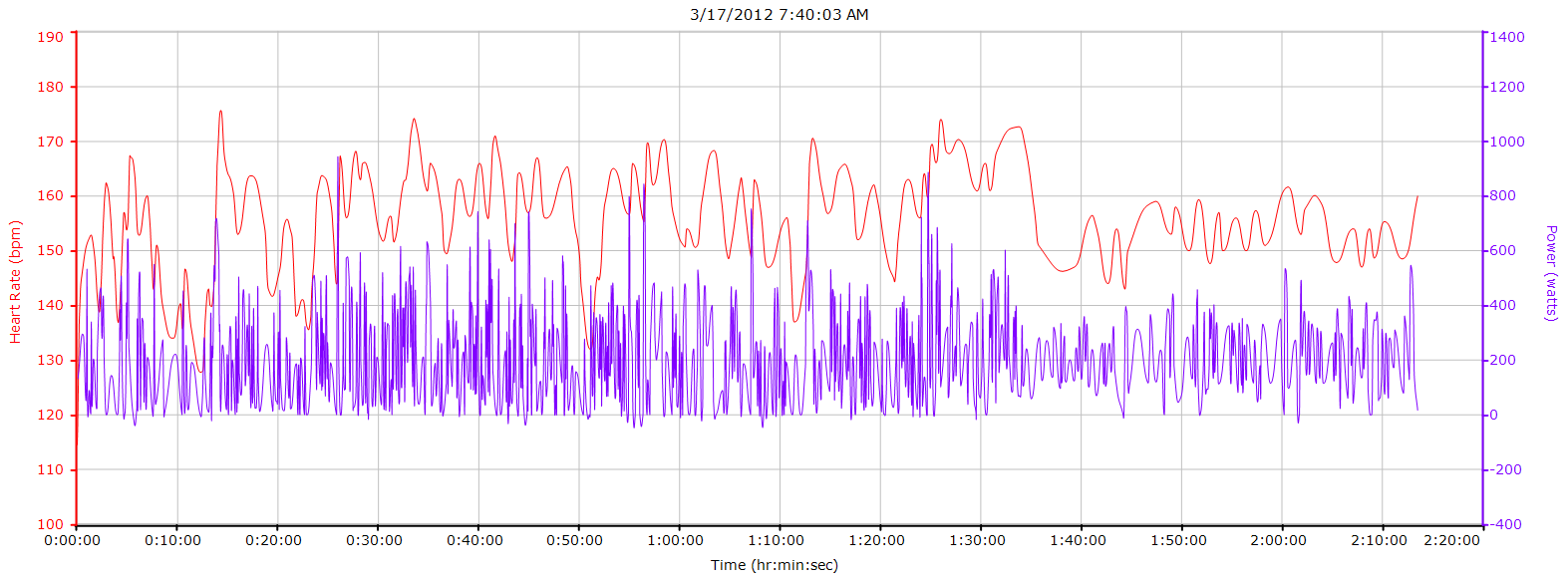Hey everyone,
I woke up at 4:00 AM to drive out to Gonzales for the Come and Take It Road Race last Sunday. It wasn’t in the most ideal time or location for me, but it was just far away enough for me to not need to spend the previous night in a hotel. There was only a criterium on Saturday, so I decided that there wasn’t enough racing that day to justify booking a room, though I would have considered doing so had there also been a time trial. I really looked forward to this race since I had a good result last year and produced good numbers during my training rides the week before. Unfortunately, I woke up all sore! I hadn’t expected that at all and it looks like I overtrained on a 3-hour joy ride around Houston the day before. Nevertheless, I decided to race anyway and after I arrived, Philip Shama waved me off at the start line and wished me good luck.
The race started off at an easy pace with a slight crosswind. I had two goals for the race – the first was to stay in the front, and the second was to stay with the pack. When I wrote about Walburg, I mentioned that some races were decided by physical strength whereas others were more tactical. I think this race was a combination of the two, with more emphasis on the latter. The race took place over a loop divided into 4 sections. The pace was pretty easy for the first half of the race as it was slightly uphill with maybe just one or two half-hearted attempts to break away from the pack. I made sure to stay front-to-mid pack the entire time, but the echelon formation made it difficult for me to maintain my position for long. For this reason, riders constantly found themselves in the back as the peloton rotated. On the third leg, we cruised along at about 25 mph and I took the chance to eat a gel. One of the juniors put in an acceleration and it took Abe Covello – the guy I was following – by surprise and a gap opened up between us and the pack, but I leapfrogged him to regain contact.
We reached the fourth section of the course after an easy right-hand turn, and at this point I made sure to stay in front so I wouldn’t get left behind by any surges in the pack. This last portion was mostly downhill with a crosswind and few short climbs. We continued to rotate for about 5 minutes in echelon form, when all of a sudden, a 787 rider who was pulling in front crashed! He just suddenly down…his bike just fell over and he ended up in the ditch. Usually you can see it happening because someone gets nervous and overreacts – but in this case I don’t think the rider did anything wrong and it was probably just a horrible accident. I later heard his rear tire exploded and that caused him to go down (he’s okay though, and only suffered minor road rash). The riders remained calm after that accident, and we regrouped and continued to rotate in front. When it was my turn to pull, I held the pace steady at 24 mph for a couple of minutes. However, as soon as I finished my pull, a rider from the Ghisallo Foundation, Matt DeMartino, launched a vicious attack with 10 k to go, and another rider followed suit. The two of them opened up a gap of maybe 30 meters and we struggled to pull them back. At first, I thought we would easily catch them, but the two of them stubbornly held on after 3 or 4 riders tried in vain to reel them in. I heard another rider yell at me telling me to chase, and at that moment I decided that they posed a threat so I gave chase. I almost used all my energy trying to do that, and after my pull, the pack spit me out the back and a gap of 10 meters formed between me and the peloton. The referee pulled up to me and asked me if I was OK, but I was so tired and too busy gasping for air that all I could do was say “urrghhhh” and motioned for him to pass me. I saw that Abe dropped as well, and at that point I decided to muster enough strength to get on his wheel, and used him as a launchpad to get back to the pack. Abe managed to make it back as well, and at that point we caught the 2-man breakaway in front.
At around 4 K to go, the pack was all together. After I recovered, I worked my way back up to the front and I found myself second wheel with 1 K to go. Unfortunately, about 300 meters to go, the guy in front of me peeled off and I was exposed for about 100 meters before the start of the uphill sprint zone 200 meters from the finish. So, when I arrived at the foot of the hill, I tried the best I could to launch myself but I just couldn’t find the energy. Instead, I probably did an effective leadout for whomever followed me, and after the pack swallowed me up, I soft-pedaled to the line and finished at the back of the pack.
Analysis
I wasn’t too thrilled with the end result, but I regained confidence in my ability to stay with the pack. After the race, Brian told me that the ideal position to be in before the sprint zone was fifth man – not first. That was a big mistake as I had wasted too much energy 300 m before the finish. Also, one thing happened this year that didn’t happen last year – a strong, late-stage attack. I was really impressed with Matt DeMartino’s effort to get away from the pack, and I didn’t think he could have held it for as long as he did, but looking at the data, he managed to stay away for about 8-10 minutes:
 The attack started right before my heart rate reached 160, and finished right before it dipped below 170. Now, in training, I managed to keep a heart rate of 170 for a longer period of time – for about 16 minutes:
The attack started right before my heart rate reached 160, and finished right before it dipped below 170. Now, in training, I managed to keep a heart rate of 170 for a longer period of time – for about 16 minutes:
If you look at the maximum 8-minute average for power, I actually managed to produce a higher average power output during training than I did in racing – 271 W during training and 260 W during the breakaway. However, it was so much harder when I was racing, and I just barely managed to regain contact with the pack. Why did this happen? If you compare the graphs of these two 8-minute averages, you can see that the variance of power was much greater during racing (top) than during training (bottom):
From the graph, you can see that during training, I never went over 500 W, and only above 400 W a handful of times. However, when racing, I hit a peak of 700 W, went over 500 W several times, and 400 W even more times – but had a lower average power. From here, you can see that volatility increases effort. I need to find a way to incorporate this volatility into my training schedule since it’s more race-like. One commenter a few weeks ago suggested that I do over/under intervals and I think this is a great way to simulate this type of scenario.
Other than that, I felt like I improved a lot on handling. I wasn’t afraid to stay in front this time and I didn’t feel nervous at all in the pack, even when I made physical contact with the other riders several times, and when the 787 rider crashed, I didn’t lose my cool. Anyway, I have at least another month before my next race, or maybe even two if I have to take time off for studies, but I can’t wait to be back. This week I’ve decided to do recovery rides since I overtrained a little. After that, the intervals will continue.
